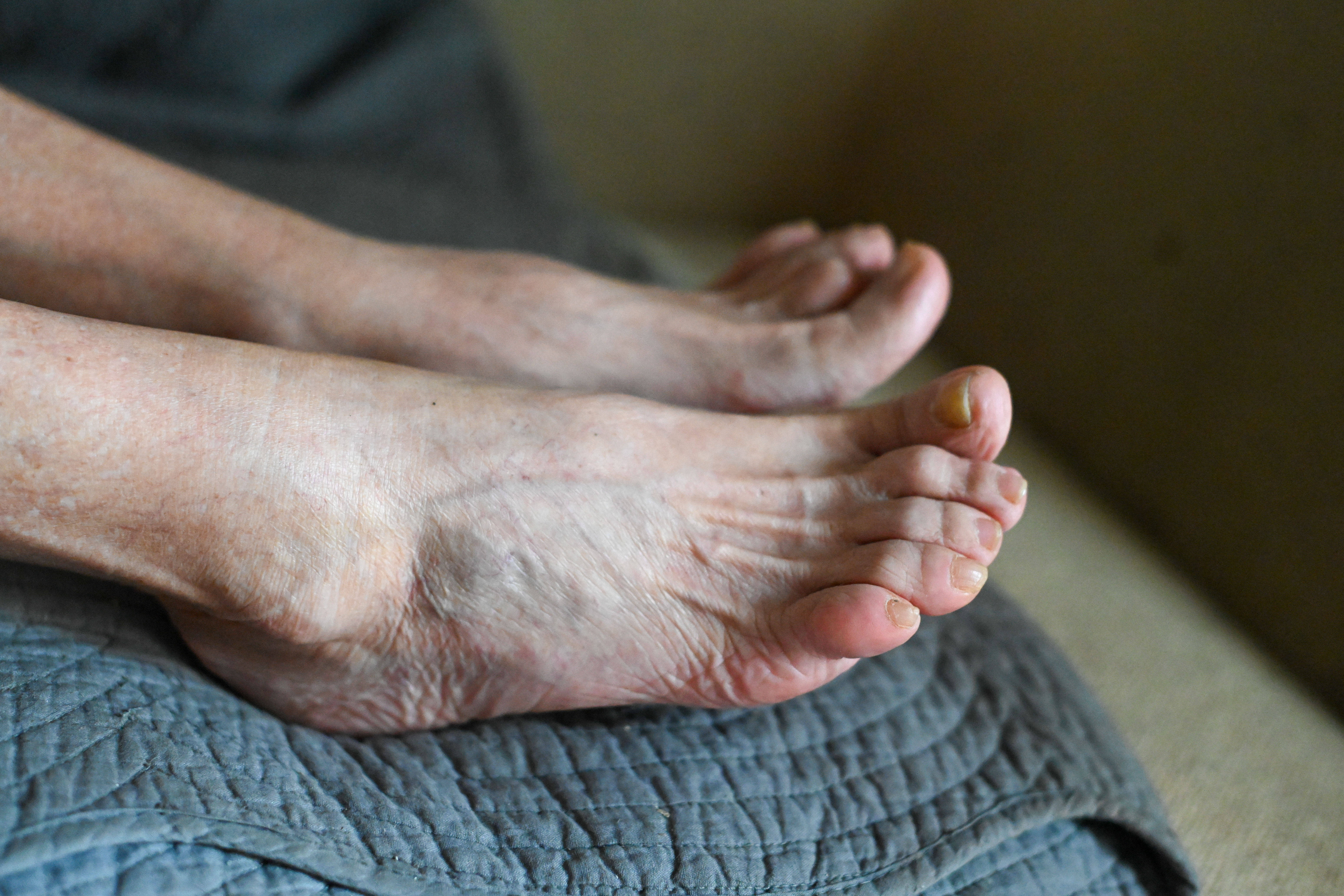Unraveling the Top Culprits Behind Persistent Foot Pain
5. Morton's Neuroma - The Nerve Entrapment

Morton's neuroma is a painful condition affecting the ball of the foot, commonly between the third and fourth toes. It involves thickening of the tissue surrounding one of the nerves leading to the toes, often resulting from irritation, injury, or pressure. Symptoms include sharp, burning pain in the ball of the foot, tingling, or numbness in the toes. High-heeled or tight shoes can exacerbate the condition, as they place additional pressure on the forefoot. Treatment aims to relieve pressure on the affected nerve, often through changes in footwear, orthotic devices, and anti-inflammatory medications. In persistent cases, corticosteroid injections or surgical removal of the affected nerve may be considered. Understanding Morton's neuroma is crucial for preventing chronic pain and maintaining foot health, especially for those who frequently wear restrictive footwear.
6. Arthritis - The Degenerative Dilemma

Arthritis is a broad term encompassing over 100 different conditions characterized by inflammation of the joints. In the feet, the most common types are osteoarthritis and rheumatoid arthritis. Osteoarthritis results from the wear and tear of joint cartilage, while rheumatoid arthritis is an autoimmune disorder that attacks the joints. Symptoms include pain, swelling, stiffness, and reduced range of motion, often leading to significant discomfort and mobility issues. Treatment focuses on managing symptoms and slowing disease progression through medications, physical therapy, and lifestyle modifications. In severe cases, surgical intervention may be necessary to repair or replace damaged joints. Understanding arthritis and its impact on foot health is essential for effective management and maintaining quality of life.
